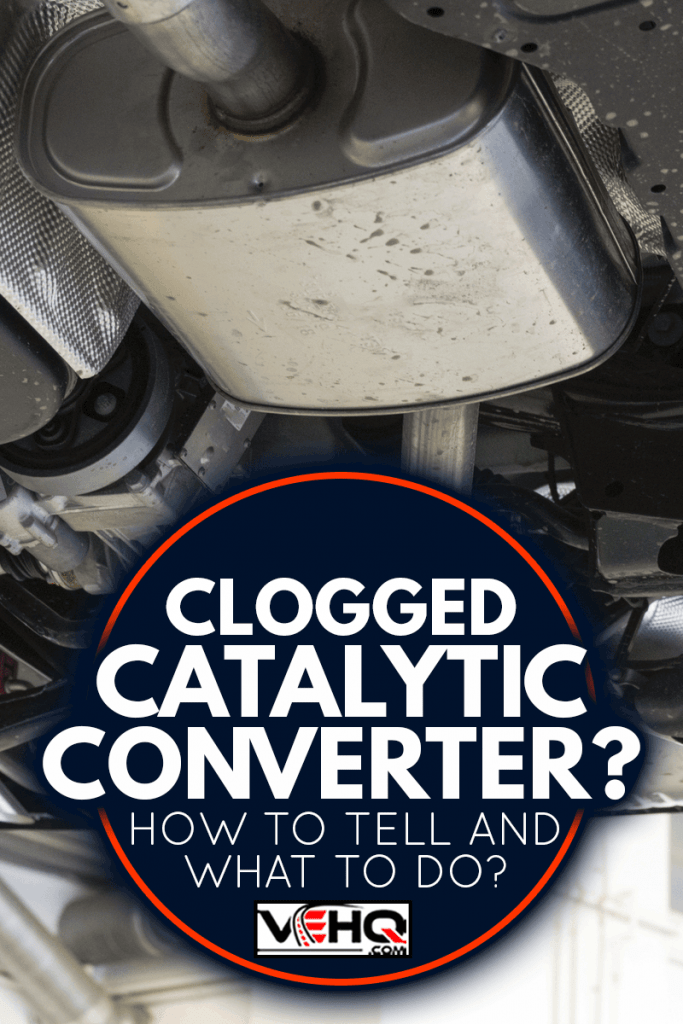- Excess fuel that passes into the exhaust system before being burned off
- Coolant leaks
- The oil slipping into the exhaust
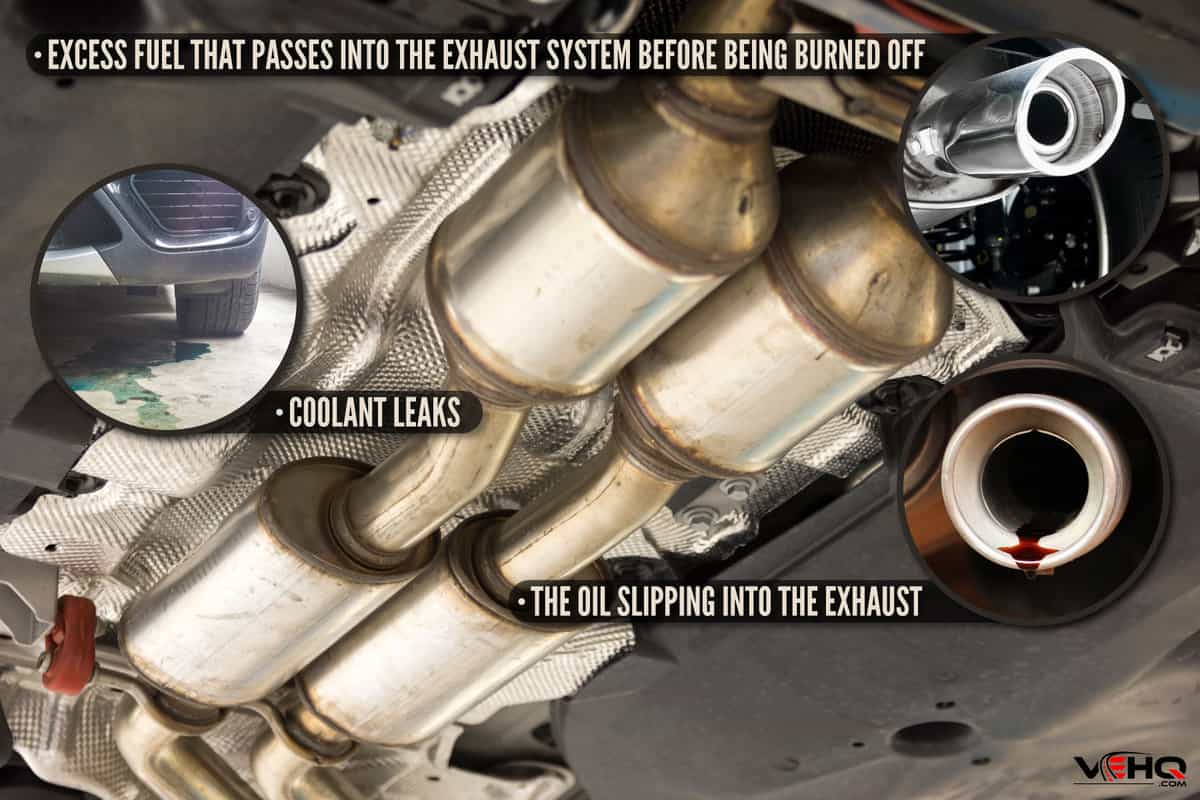
How Does A Catalytic Converter Get Clogged
The catalytic converter is a honeycombed component that sits just in front of the muffler. As exhaust gas passes over it, it is converted into less harmful toxins. Then it is released from the exhaust system, out of the car.
Like any other piece in a car, it only lasts so long - about ten years or so. And because of its job, it's always getting deposits of carbon that regular cleaning with a fuel additive can remove. But it can fail prematurely or become clogged. This is typically due to one of three leading causes, according to NAPA.
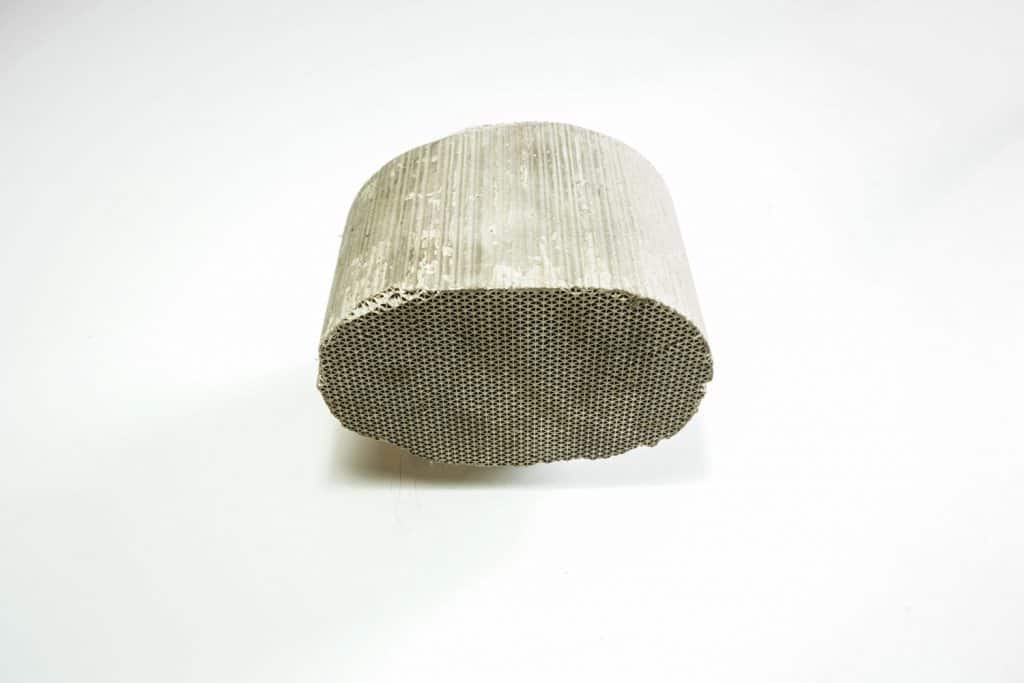
Excess fuel that passes into the exhaust system before being burned off.
The first is if too much fuel is passing through your system. This can also be referred to as the engine running "too rich." The extra, unburned fuel passes all the way to the converter, where it is burned off. This burning can overheat and damage or even melt the converter. If this occurs, you need to get to the root of the problem and figure out why. Otherwise, this excess fuel can cause other parts to fail as well.
Coolant Leaks
The second cause of a clogged catalytic converter is coolant leaks. This, again, is a problem that needs fixing. Coolant leaking can damage your motor. If you think your car is leaking, read Car Leaking Coolant; What To Do?
The oil slipping into the exhaust
The final cause of a clog is oil. In time and with use, parts of the engine become less effective sometimes. Seals and valves that aren't working as well as they used to can let oil slip through the exhaust system. A sign of this can be when your car is using more oil than it used to - see Why Does My Truck Burn Oil? [And what to do about it].
What Are The Signs Of A Clogged Catalytic Converter?
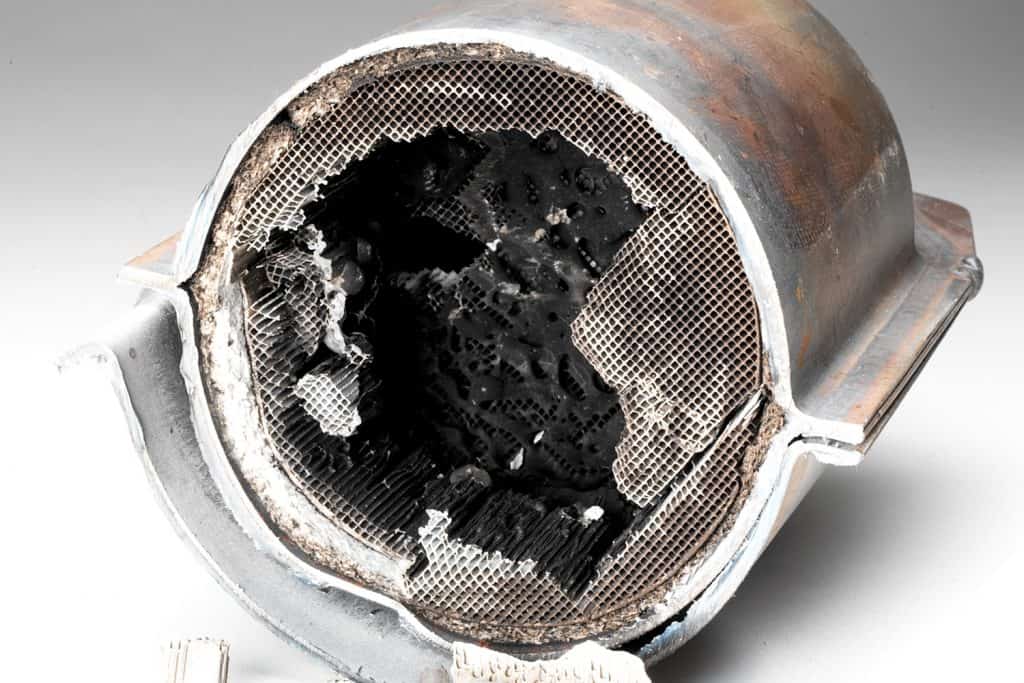
- The engine stalls frequently and is hard to start.
- The fuel efficiency of your vehicle drops noticeably.
- It is hard to accelerate due to reduced engine efficiency.
- Black smoke comes out of the exhaust.
- A rattling noise comes from the car.
- The check engine light comes on.
The following two signs are more specific to the catalytic converter. If you spot these issues, it's almost certainly proof of your problem.
- A rotten egg smell when driving your car. Sulfate in the fuel is usually converted into less toxic material. When the catalytic converter is bad and not doing its job, you'll smell the sulfate.
- Failed emissions test. The catalytic converter exists to reduce the emissions from your car. If it's not working, it's no surprise that the vehicle can't pass the standard (United States) emissions test.
How Do You Unclog A Catalytic Converter?
There are several methods to help unclog your catalytic converter. You can try a fuel additive such as this one, which allows you to attempt to unclog the catalytic converter without removing it.
Click here to see Oxicat cleaner on Amazon.
Just remember that a cleaner like this will only work if your clog isn't too severe. At somewhere around ten years, your catalytic converter has reached the end of its expected life span. If your car hasn't been well-maintained, that end can come sooner. No amount of cleaning can necessarily bring a "dead" converter back to life. If your car won't stay running and you suspect the catalytic converter is the reason, it's time to replace it, not clean it.
You can also try cleaning with a lacquer thinner. For more details and instructions, see this video:
What Happens If You Drive With A Clogged Catalytic Converter?
In theory, you can keep driving with a bad catalytic converter for as long as the car will run. It's not inherently dangerous. It won't destroy your engine or cause an accident.
But that's just in theory. First of all, while a bad catalytic converter itself won't ruin your engine, you do need to find out why it went bad. Premature failure due to problems like the coolant leaking or the engine running too rich can cause damage to other parts of the car.
Secondly, the car won't pass an emissions test. Sooner or later, when it's time for inspection, someone's going to put a stop to your free ride.
And last but not least, the car eventually will probably stop running. If it's a partial clog, you may be able to drive it for a while, but you'll notice a change in performance. It might be hard to start or difficult to accelerate. Eventually, when completely clogged, the car won't go.
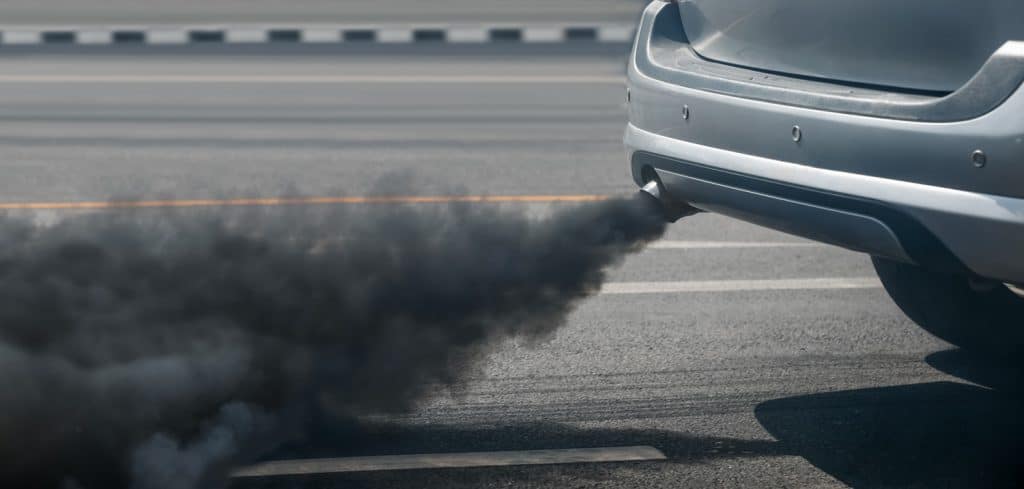
Can A Catalytic Converter Unclog Itself?
As a general rule, no. The only way a catalytic converter sometimes "unclogs" itself is through driving around at sustained levels of high RPMs. Because you have to sustain it for so long, it's nearly impossible to occur without effort on your part.
But if you'd like to give it a try, find a highway or another stretch of road where you can drive without interruption. Keep the car at 2500-3000 RPMs for at least half an hour. For best results, try adding a catalytic converter cleaner as a fuel additive first, like the one above.
Do Catalytic Converter Cleaners Work?
Catalytic converter cleaners work by removing the build-up of carbon in your exhaust system. So, for mild clogs or regular cleaning as part of routine maintenance, it can help prolong the life of your catalytic converter.
But of course, everything has a limit. If heavy carbon deposits make the converter fail, cleaning can't undo that. Permanent damage to the converter occurs in extreme conditions such as heat. As a tool to prevent problems, cleaner is great. But it isn't a miracle, and it can't undo serious damage already done.
In Closing
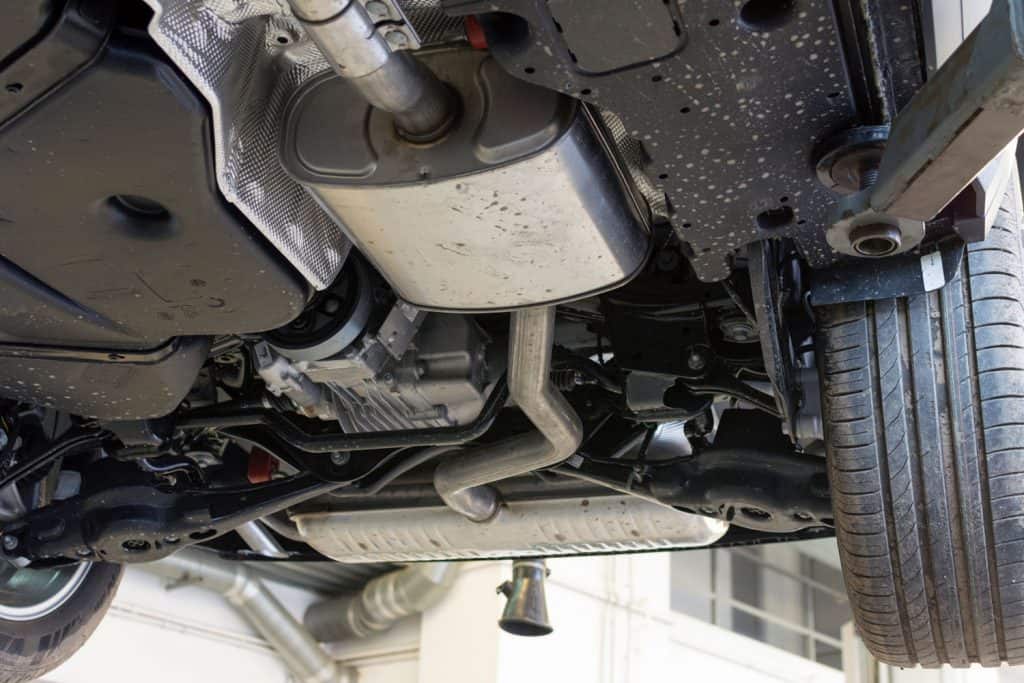
The catalytic converter is an integral part of your vehicle's exhaust system. It traps toxic exhaust and then converts it into less dangerous emissions. As a result, carbon builds up on the piece over time. For best performance, remove these deposits occasionally with a fuel additive made for cleaning the catalytic converter.
If yours is severely clogged or even broken, it may need to be replaced altogether. A catalytic converter in bad shape can make your vehicle stall frequently, be difficult to start, have poor fuel efficiency, slow acceleration, and more. Ultimately, the vehicle will fail emissions tests and possibly refuse to start altogether.
